mivo.indah.link
The world around us was built to cater to gas-powered cars. Tank trucks carrying thousands of gallons of fuel are a near-ubiquitous presence on the highway. Auto repair shops are stocked with drain pans and wrenches for oil changes. Gas prices are a central focus in politics. Even pedestrians and cyclists depend on the hum of the internal combustion engine — it’s a powerful audio signal that a car might cross their path.
That’s all about to change. In the next few years, electric vehicles will replace many cars with internal combustion engines, and the White House has called for half of new vehicles to be electric by the end of the decade. This transition is a critical part of adapting to climate change, since EVs don’t produce tailpipe emissions and will reduce the world’s dependence on fossil fuels. But electric cars will also be an awkward fit for today’s transportation infrastructure, and not just because gas stations might one day go the way of horse stables.
“Modern American cities bear a powerful physical imprint of automobiles and other motorized vehicles,” urban historian Martin V. Melosi wrote for the University of Michigan project Automobile in American Life and Society. “It is estimated that as much as one half of a modern American city’s land area is dedicated to streets and roads, parking lots, service stations, driveways, signals and traffic signs, automobile-oriented businesses, car dealerships, and more.”
EVs really are a new kind of vehicle, armed with powerful sensors and even more powerful computers. They come with all sorts of surprising quirks, like brakes that require less maintenance. EVs can also accelerate extremely quickly, and they don’t make much noise, so if you’re a parent who relies on late-night drives and the sound of an engine to soothe your baby to sleep, you might need a new strategy. EV batteries present their own unique weather challenges, especially during hurricanes when saltwater floods can exacerbate the risk of a fire.
None of these changes mean EVs are bad. They just reflect how tailored our roads, our cities, our cars, and even our personal driving habits are to internal combustion technology. While the biggest change coming to cars in the electric era is the arrival of the half-ton batteries we’ll use to power them, lots of smaller adjustments will also need to take place.
Noise
At high speeds, car tires rubbing against the road produce a lot of noise, which is one of the main reasons highways seem so loud. But in city environments, or when vehicles are driving at low speeds, the hum of an engine is the primary sound we associate with cars. Because EVs have fewer moving parts, however, they’re pretty quiet. As a result, EVs could help us cut down on noise pollution, which could boost our sleep quality and health.
There’s a twist, though. When you’re walking or biking in a city, you often rely on these engine sounds to sense when it’s safe to cross. For this reason, the National Highway Traffic Safety Administration (NHTSA) requires that hybrid and electric cars make “warning” sounds when driving at low speeds. Auto manufacturers have even played around with creating new sound effects for cars. Nissan created its own “lullaby” that’s meant to get babies to fall asleep, and Tesla controversially released a feature that momentarily allowed users to emit fart noises from their vehicles. That Tesla feature was eventually recalled, and the NHTSA recently decided that consumers shouldn’t get to choose their cars’ sound effects.
Weight
Due to their batteries, electric vehicles can weigh hundreds of pounds more than their gas-powered counterparts. Automakers are looking at ways to mitigate this problem, like incorporating batteries into the structure of the vehicle. In the meantime, those extra pounds can create a dangerous situation. While they’re better at protecting people inside them, heavier cars are far more dangerous for pedestrians and passengers in other vehicles. Car crashes are already a major public safety crisis, and are responsible for about as many deaths as guns in the United States.
Cars were already getting heavier before the EV revolution. The Environmental Protection Agency found that the average weight of new vehicles has increased by about 1,000 pounds since the 1980s. An influx of heavier EVs won’t help, and now there’s a big debate over what to do with current road weight limits. It doesn’t help that America’s highways are also in desperate need of repair, or that companies like GM and Ford are doubling down on marketing their extra-big electric trucks.
Weather
As with phone batteries, the chemical reactions that power the lithium-ion batteries in cars slow down in lower temperatures. Making matters worse is that the battery is often doing double duty heating the inside of the car’s cabin. You can definitely still drive your car in the cold weather, but some suggest using a car with a heat pump.
There are other weather concerns. In the aftermath of hurricanes, EV batteries can end up submerged in saltwater, which is particularly conductive for electricity. This raises the risk that the battery ignites and starts a fire, which is what happened to several EVs in Florida during Hurricane Ian. While EV fires are incredibly serious, they’re less common than internal combustion vehicle fires, which don’t get as much media coverage.
Speed
EVs are changing the mechanics of driving a car — namely through extreme acceleration. While gas-powered cars have to wait on power to travel through the drive train before hitting the wheels, EV motors send that power straight to the wheels. A Tesla Model S, for example, can reach 60 miles per hour in just under 2.5 seconds.
When we drive, we implicitly factor in how long it takes for our car to speed up, and being faster off the line, EVs will take some getting used to. Pedestrians and cyclists make similar calculations when they estimate how long they have to cross a street — or make a turn — based on how far away the nearest vehicle seems to be. That super-fast acceleration means we may need to become a lot more cautious when navigating the road. Accidentally hitting the wrong pedal will also get significantly more dangerous.
Maintenance and repair
Not only do EVs generally need less maintenance and fewer repairs, they also tend to be highly computerized. That means they can often be fixed via over-the-air downloads, a process that’s usually simple as updating the operating system on your phone. But the rise of EVs will inevitably mean the advent of new kinds of car repair issues, if only because mechanics who are trained to work with batteries are currently in short supply.
EVs’ dependency on software, which is used in everything from AI-powered lane assistance to monitoring the health of a battery, is another double-edged sword. While it’s easier to download a software fix than it is to take a car in for repair, a surge in over-the-air updates may also increase the likelihood of new bugs, creating additional problems you didn’t have before. In November, for example, Tesla had to recall — which means updating the software for— 40,000 cars because of a power steering problem created by a firmware update that was released only a month earlier.
It’s important to remember that internal combustion cars have plenty of flaws, too. EVs will eliminate many of them. But they’ll create some new challenges, which means we’ll also have to learn how to shift gears.
This story was first published in the Recode newsletter. Sign up here so you don’t miss the next one!
Yes, I'll give $120/year
Yes, I'll give $120/year
We accept credit card, Apple Pay, and Google Pay. You can also contribute via

Adblock test (Why?)
"electric" - Google News
January 12, 2023 at 08:00PM
https://ift.tt/8t5zxEw
Tesla, electric pickups, and the future of driving - Vox.com
"electric" - Google News
https://ift.tt/y6lLQsp
https://ift.tt/vUbu5s9




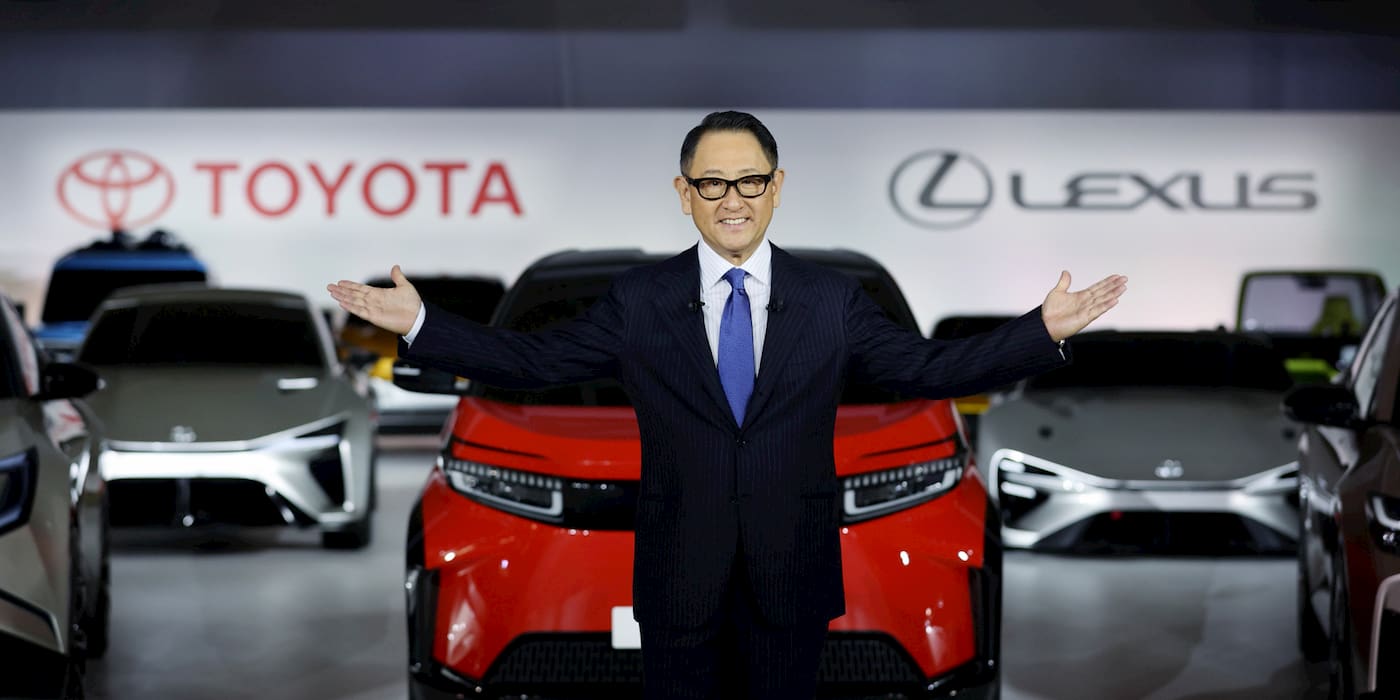
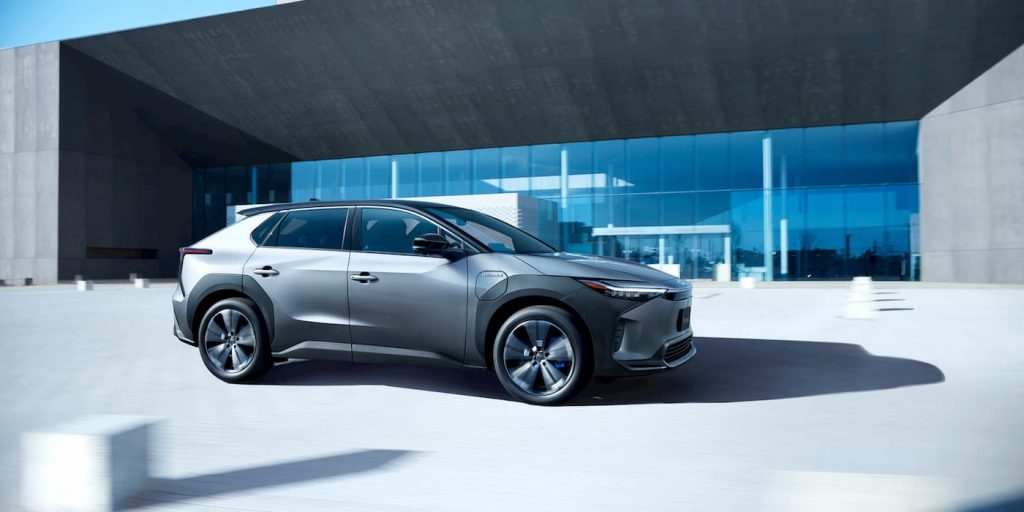

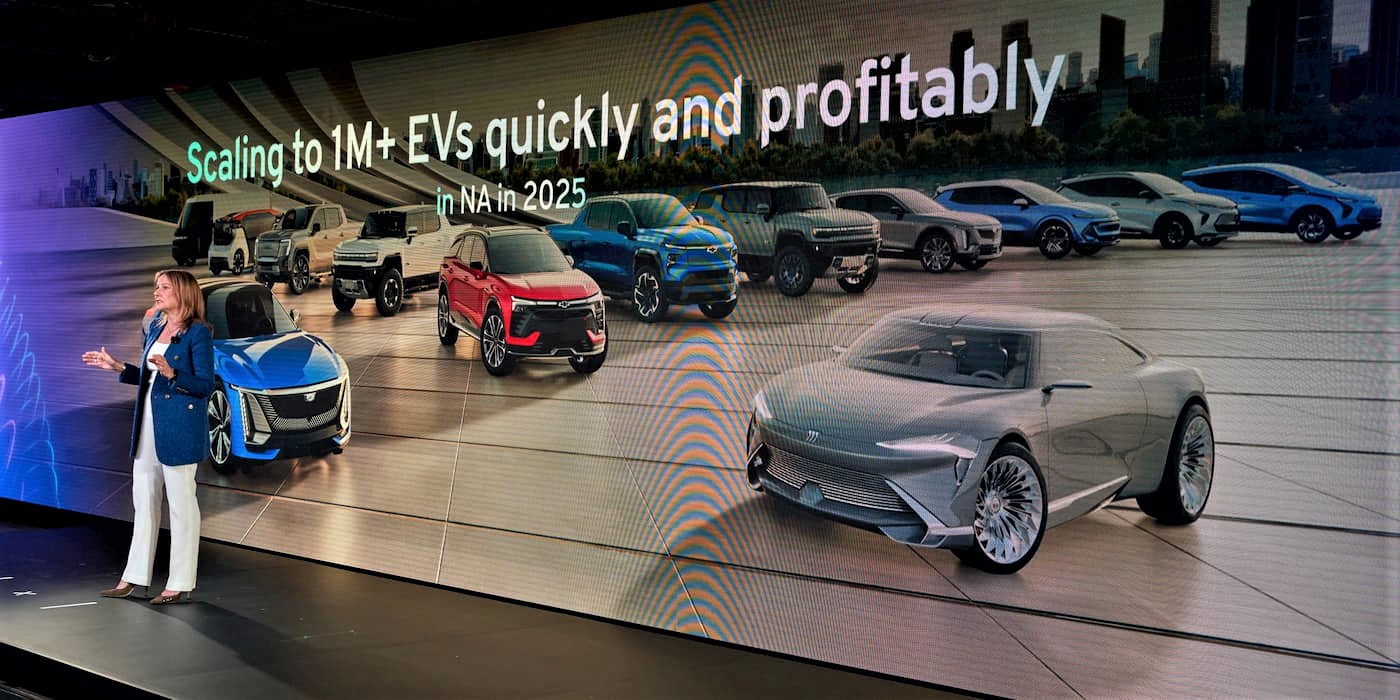
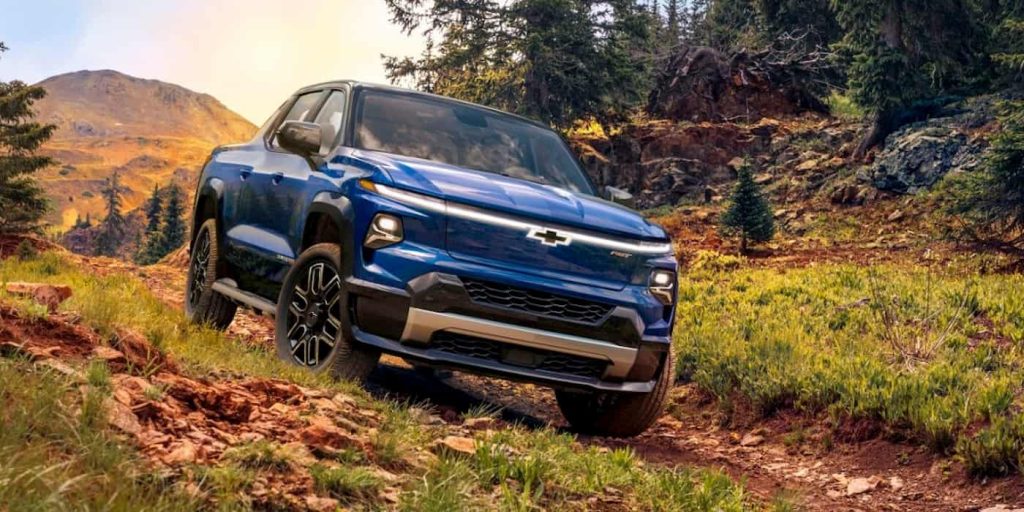
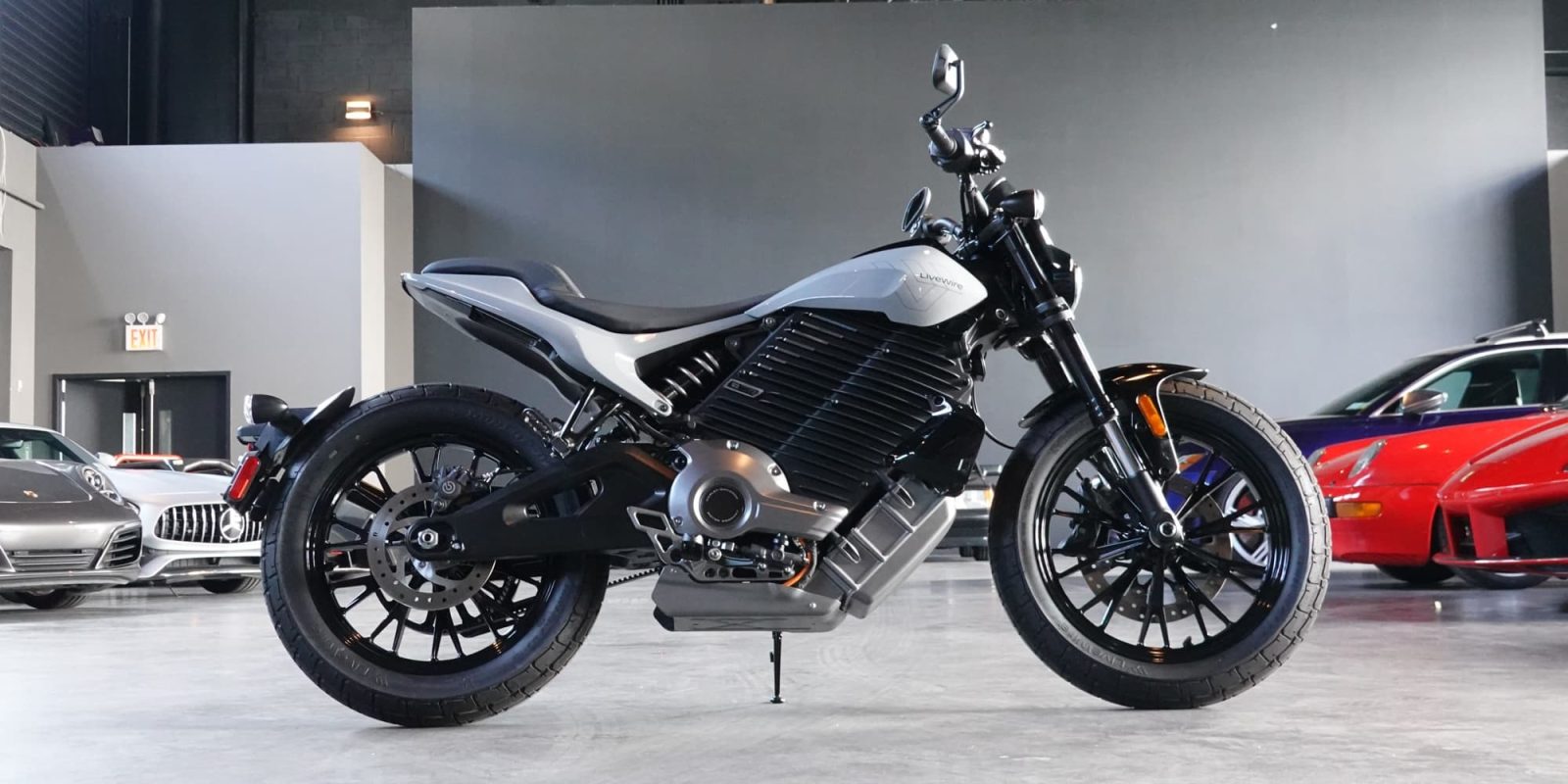
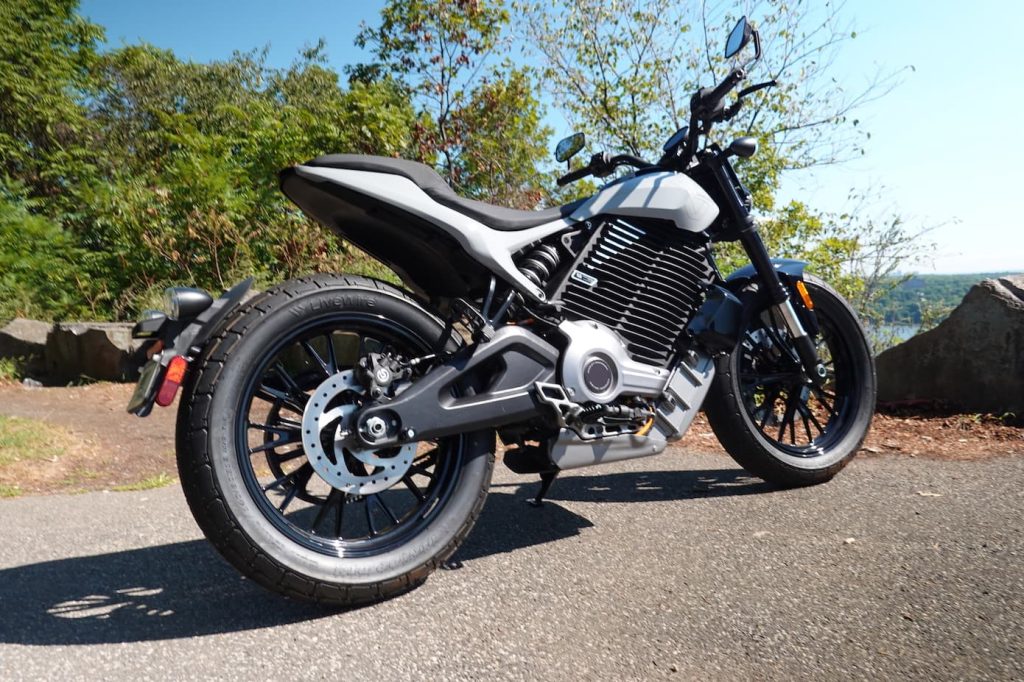
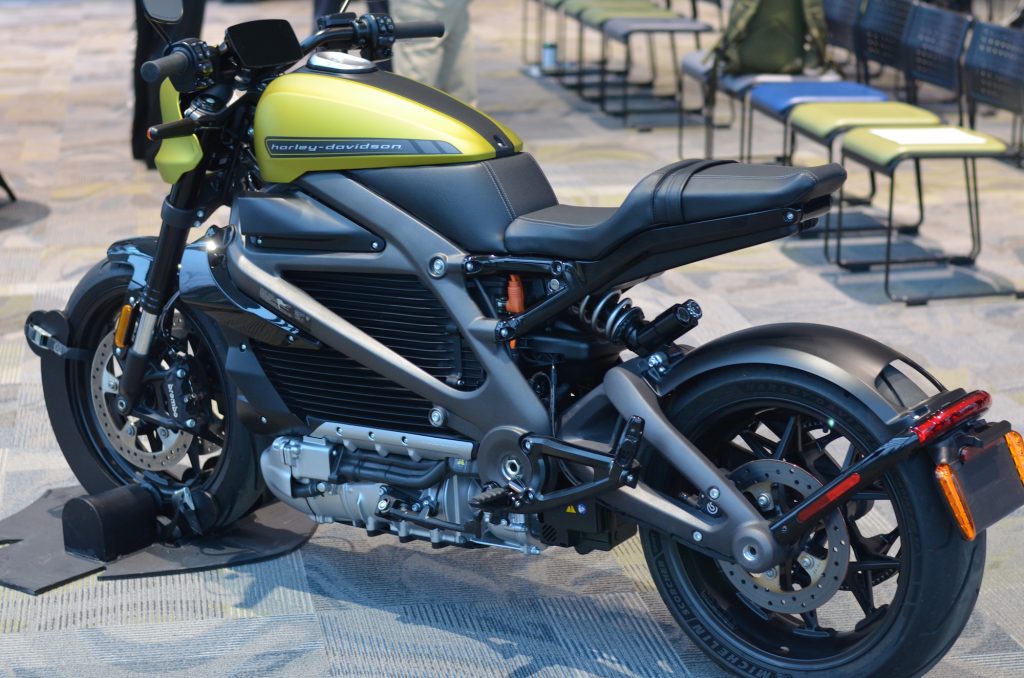
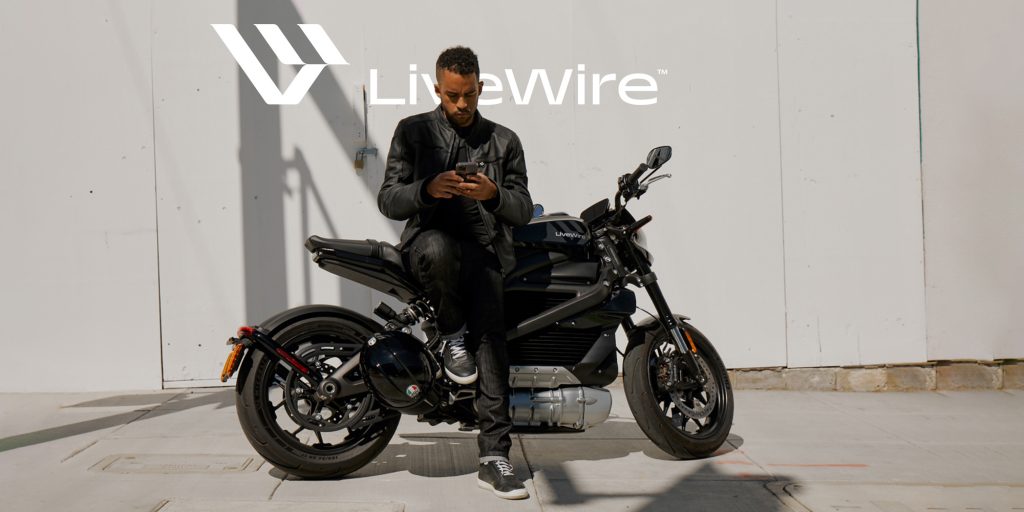



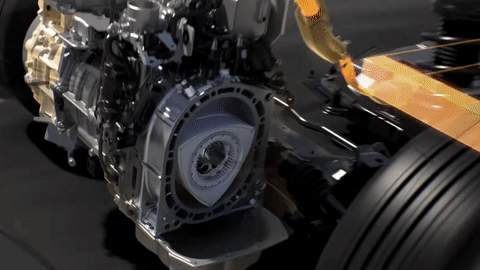



:format(webp)/cdn.vox-cdn.com/uploads/chorus_asset/file/23600005/rbaldwin_220414_5255_0003.jpg)